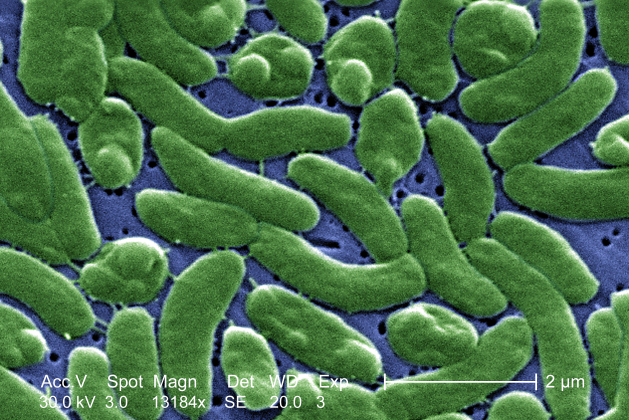Excerpt:
Though the occurrence of infections is small, the mortality rate is as high as 18 percent.
Cases of a potentially fatal infection from a seawater-borne pathogen have increased off the U.S. Atlantic coast as ocean waters warmed over the last 30 years, and are expected to rise further in future because of climate change, according to a study published on Thursday by Scientific Reports, an open-access journal for research on the natural sciences and other topics.
The incidence of infections from Vibrio vulnificus, a pathogen that thrives in shallow, brackish water, was eight times greater in the eastern U.S. in 2018 than it was in 1988, and its range shifted northward to areas where waters were previously too cold to support it, according to the paper, “Climate Warming and Increasing Vibrio Vulnificus Infections in North America,” by academic researchers in the U.S., England and Spain.
By the middle of the 21st century, the pathogen is expected to become more common in major population centers, including New York City, and by the end of the century, infections may be present in every U.S. Atlantic coast state if carbon emissions follow a medium- to high-level trajectory, the report said.
Infections can enter the body through skin wounds or by eating raw or undercooked shellfish, and can turn necrotic in as little as one or two days. That requires, in about 10 percent of cases, the surgical removal of infected flesh or the amputation of limbs. The mortality rate is as high as 18 percent, and fatalities have occurred as soon as 48 hours after exposure, the report said.
“Our projections indicate that climate change will have a major effect on V. vulnificus infection distribution and number in Eastern USA, likely due to warming coastal waters favoring presence of bacteria and elevated temperatures leading to more coastal recreation,” the study said…









